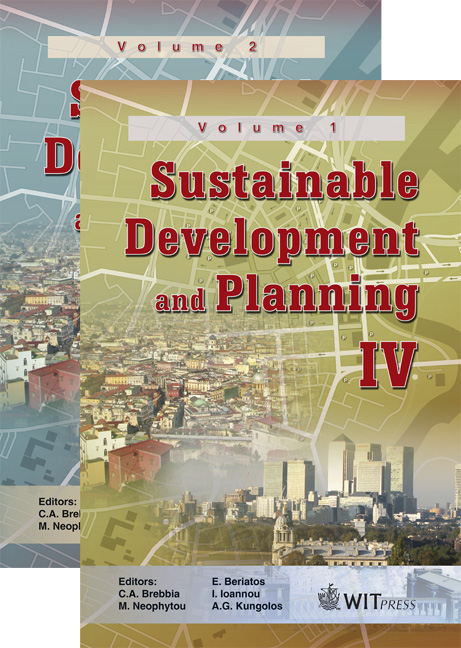Safety Of Users In Road Evacuation: Modelling And DSS For Paths Design Of Emergency Vehicles
Price
Free (open access)
Transaction
Volume
120
Pages
11
Page Range
485 - 495
Published
2009
Size
245 kb
Paper DOI
10.2495/SDP090451
Copyright
WIT Press
Author(s)
A. Vitetta, A. Quattrone & A. Polimeni
Abstract
This paper deals with path design for emergency vehicles (ambulances) in emergency conditions (hurricanes, earthquakes, etc.) to rescue weak users (the elderly, disabled persons, etc.). The problem of an emergency vehicle that has to pick up weak users at fixed points of the network and to take them to the refuge area is schematized with two different approaches: one-to-one and many-to-one. The first regards the minimization of generalized cost of a path that connects an origin to a destination (as a shortest-path problem); the second considers the connection of one origin to many destinations (as a vehicle routing problem). Starting from a brief review of both these problems, the available tools for planning evacuation of weak users in emergency condition in the within of oneto- one and many-to-one are analysed. Finally, on the basis of a real simulation of evacuation, we provide experimental results obtained by testing the effectiveness of a commercial tool when little time is available for planning evacuation operations. Keywords: evacuation, path design, emergency vehicles, genetic algorithm, vehicle routing, tools. 1 Introduction In response to catastrophic events whether natural (floods, hurricanes, wildfires, etc.) or man-made (nuclear and chemical accidents, terrorist attacks etc.) risk assessment [1] and evacuation operations has become increasingly topical to rescue human lives. In particular, two different activities can be distinguished:
Keywords
evacuation, path design, emergency vehicles, genetic algorithm, vehicle routing, tools.





